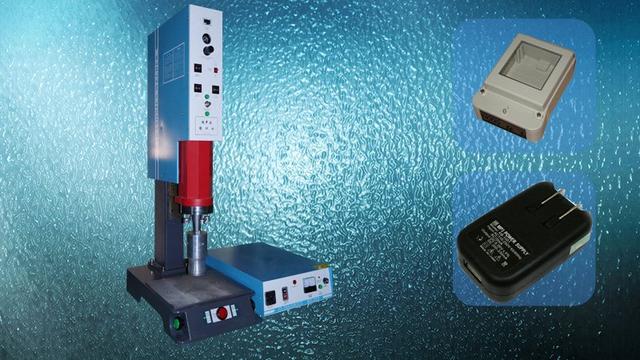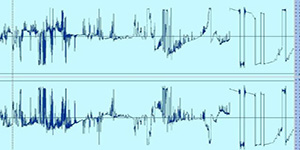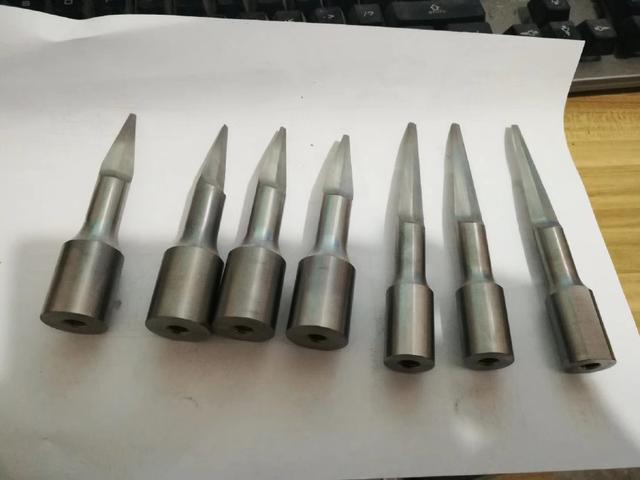The main ultrasonic welding process parameters include starting force, descending speed, welding time, amplitude, welding pressure, holding time and holding pressure. Most modern ultrasonic welding equipment with upgrade options also provides statistical process control (SPC) capabilities for better welding process control. With SPC, the maximum power, energy, melt collapse displacement and absolute displacement during the welding process can be controlled. According to material properties, weldment shape and size. Any SPC parameters can be used to control the process. Although many parameters need to be set to achieve the best welding’ the amplitude has the greatest impact on the quality of the weld. At 20kHz frequencies, various materials and applications should take the usual range of peak-to-peak amplitudes. For amplitude at other frequencies, the amplitude at 20kHz should be divided by a factor. This coefficient is equal to the frequency used divided by 20kHz. For example, if the recommended amplitude at 20kHz is 50μm and the actual frequency of the device is 40kHz, then the recommended start-up amplitude should be 25μm.
In many applications, the Design of Experiments (DOE) method can quickly and efficiently find the optimal welding conditions. The DOE method is based on various statistical methods, such as a single centroid/lattice. Before applying, DOE, screening experiments are required to determine the range of various process parameters. For a particular DOE method, a series of experiments are performed, the results obtained by the experiment are statistically regressed, and then the optimal welding conditions are determined. It is generally recommended to determine the stability of the process by soldering multiple samples under these conditions to verify the final process parameters. The following are the recommended steps for optimizing the process for DOE.

1.Determine the noise level of recycled materials, different batches of materials and various materials.
2.Select the control parameters that affect the quality of welding, such as welding time, welding pressure and holding time.
3.Determine the response parameters according to the focus of the DOE. Acceptable responses can be tensile strength, surface scratches, maximum power, melt collapse displacement, and energy.
4.After the DOE is completed, according to the noise level, control elements and response, different regression methods are used to analyze the results and determine the best process conditions for the regression parameters.
5.It is recommended to use the best condition test to determine the stability of the process. This can be done by testing the weldability of multiple samples at optimal or near optimal welding parameters and assessing whether the weld quality is within an acceptable range. In addition, before establishing stable welding conditions, it is necessary to repeat 2 to 4 steps.




